What Hi-Fi? Verdict
The Contour 20s may lack the glamour of some rivals, but they deliver a class leading performance
Pros
- +
Impressive authority, dynamics and insight
- +
Pleasing attack and refinement
- +
Good build and finish
Cons
- -
No shortage of talented competition
Why you can trust What Hi-Fi?
We’ve reviewed some pretty clever speakers over the past few years. Highlights have been the £11k Kii Audio Threes we tested recently, with their innovative DSP-driven active operation and controlled low frequency dispersion, and also Goldmund’s £62,000 ProLogos wireless active standmounters.
Moving down in price to the likes of Bowers & Wilkins' tech-laden 805Ds (£4500) and KEF’s excellent Reference 1s (£5000) brings us a diamond dome tweeter in a decoupled metal housing in the case of the former, and the latest generation of KEF’s trademark Uni-Q driver array where the tweeter sits in the throat of the midrange unit improving dispersion and integration in the process.
Against such a technological backdrop, Dynaudio’s new Contour 20s could be viewed as rather ordinary, and a quick glance at their two-way, rear ported configuration and conventional looking MDF box will do little to convince otherwise. Yet, look closer and you’ll find much more of interest here than first impressions suggest.
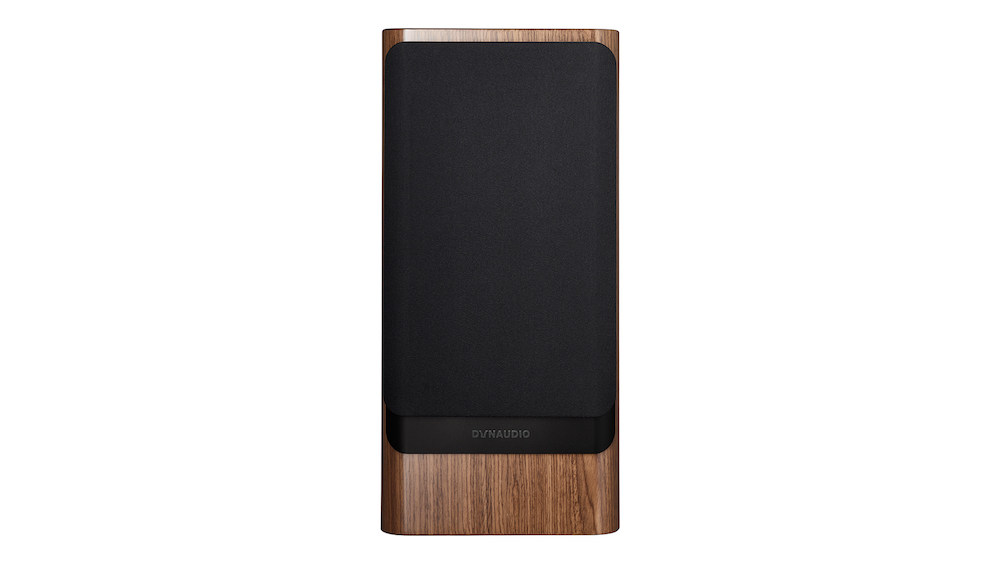
Design and build
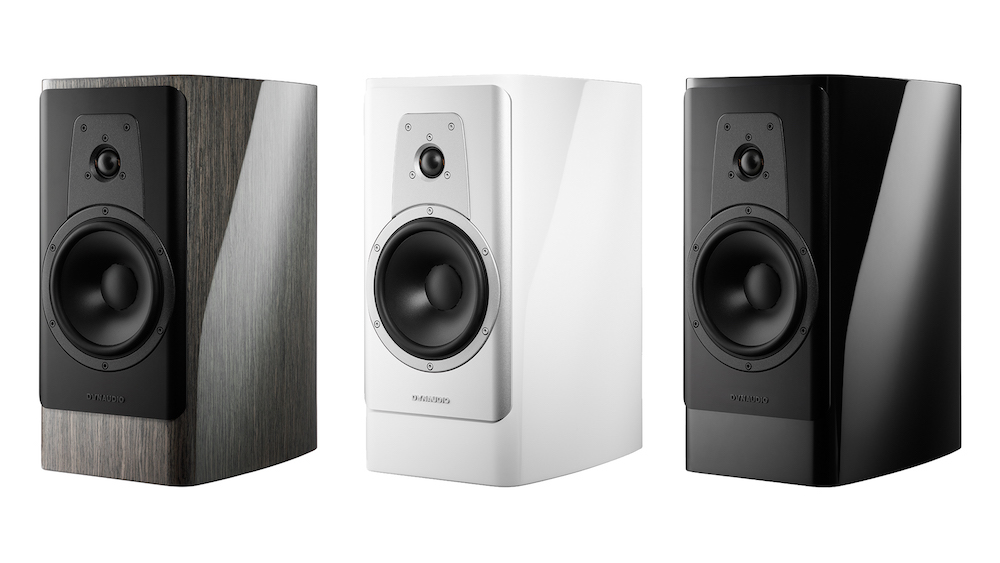
Sensitivity 86dB (2.83V/ 1m)
IEC power handling 180W
Nominal impedance 4 ohms
Frequency response 39Hz-23kHz (-3dB)
Box principle Rear-ported bass reflex
Crossover 2 way
Crossover frequency 2200 Hz
Crossover slope 2nd order
Woofer 18cm MSP cone
Tweeter 28mm soft dome
Weight 15.5 kg
Dimensions (hwd) 44 x 21.5 x 36cm
We have never doubted Dynaudio’s ability to design drive units. Its designs have featured on some of the finest speakers ever made (on an OEM basis), and the drivers used on the Contour 20 are terrific. It’s just a shame that, visually at least, there’s little to separate these exotic premium units from those used in the company’s entry-level Emit range.
The diaphragm materials appear much the same too – fabric for the 28mm soft-dome tweeter and MSP (Magnesium Silicate Polymer) cone for the 18cm mid/bass. You’ll find the differences behind the headlines, in things like the motor system, the suspension and more ambitious detail engineering that separates the good from the great.
Equally, that 44cm tall cabinet looks entirely conventional, but it isn’t. Like most rivals it uses MDF, but here the back panel is 38mm thick and is coupled to 16mm sides. There’s extensive bracing to control resonances and improve stiffness. That front is a mix of a 14mm aluminium panel lined with 16mm MDF – a combination that results in a rigid and well-damped platform for the drive units to work from.
Our review samples are finished with a traditional walnut veneer, but if this doesn’t appeal there's also ivory oak for the same price or white and black gloss options for a 10 per cent premium. There are two other choices – gloss grey oak and dark rosewood – both of which look lovely, but add 15 per cent to the price.
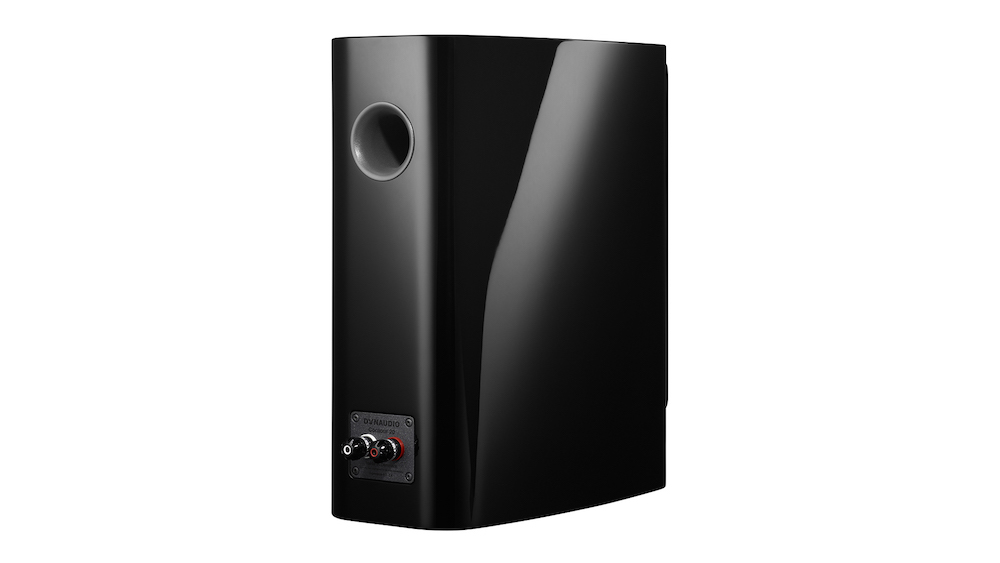
Performance and positioning
The enclosure is rear ported. This means that a little care needs to be taken in positioning. The 20s sound most balanced around a metre in to our listening room and with just a small degree of angle towards the listening position. Set up this way, they produce a wide and precisely focused soundstage coupled with a pleasing amount of weight and authority.
If you need to place the speakers closer to a wall, don’t worry. Dynaudio provides a two-stage foam port bung that blocks the port to varying degrees. Using these bungs gives you a chance to control the speaker’s low frequency output to a degree. In our room we preferred the sound with ports open.
Any good speaker at this level will need to be partnered with capable electronics to really shine, and these Dynaudios are no different. We use our usual reference system, comprising Naim NDS/555PS music streamer, Clearaudio Innovation Wood turntable/Cyrus Phono signature vinyl combination and Gamut’s D3i/D200i pre/power.
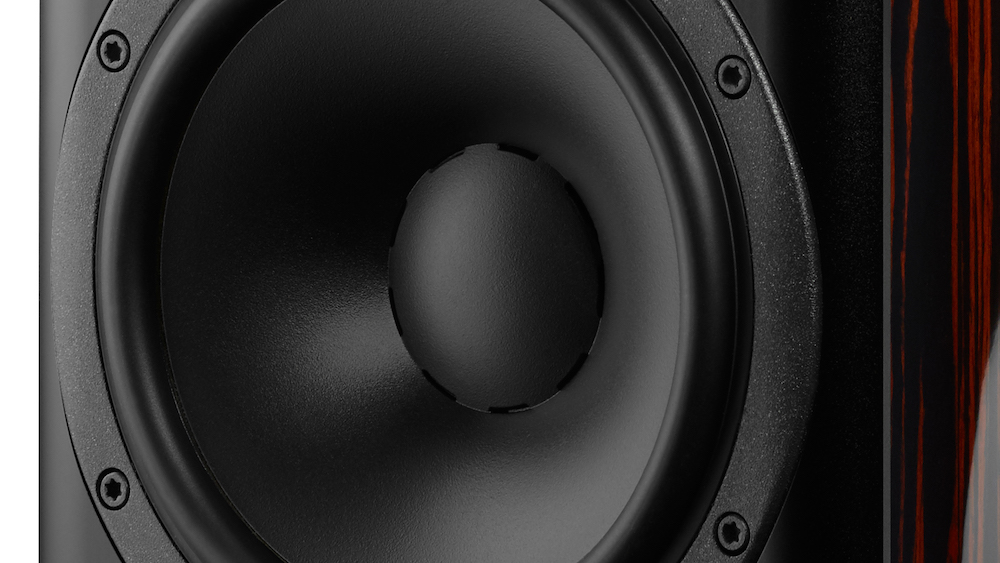
Sound quality
Our first impression is of an authoritative and composed performer, one that sounds in control no matter how complex or demanding the recording gets. It’s an impression that stays with us throughout the test process.
We start off with Vivaldi’s Four Seasons and the sheer scale and dynamic reach of the Contours stand out. The speakers sound assured and solid, with a stability of presentation that impresses. Detail levels are high; the Dynaudios digging deep into the fabric of the recording and revealing low-level details most rivals would ignore.
Things are good tonally. The Contours have a smooth, refined balance that avoids emphasising the harshness in aggressive recordings. Bass is rich but remains articulate, and is surprisingly extended for a speaker of this size. With eyes closed, it would be easy to imagine the sound coming from the 20s to be that from decently sized floorstanders.
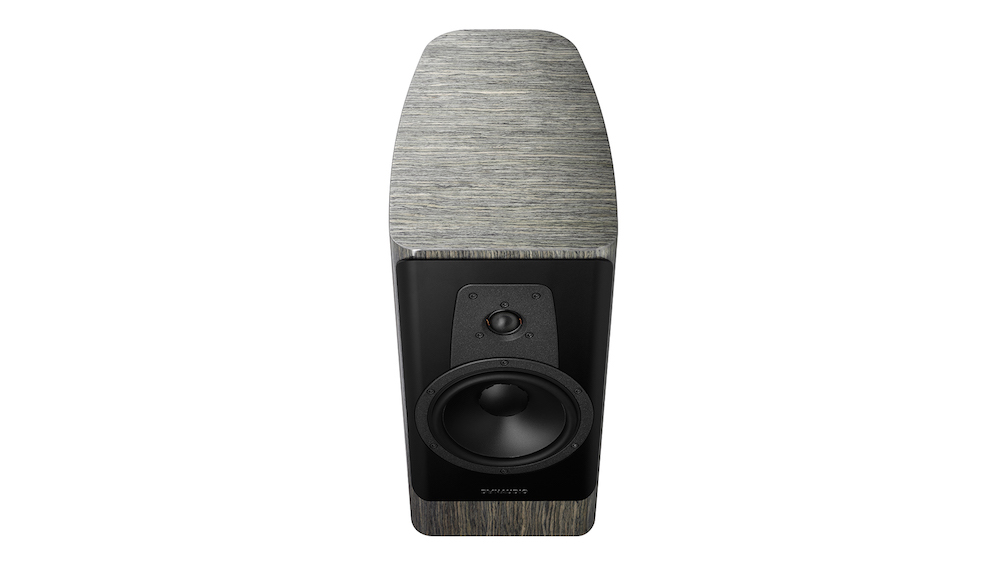
Dynamics are delivered with enthusiasm. Given a capable amplifier these speakers don’t hold back. They paint on a large canvas and render dynamic extremes with confidence and punch. Pleasingly, they don’t overlook the subtleties and handle nuances with care.
We move to The xx’s debut set and the Dynaudios revel in the complex rhythms and sparse production. The 20s don’t hold back when it comes to rhythmic expression and manage to render instruments across the frequency range in a musically cohesive and satisfying way. Put simply, these are a fun listen.
The care taken in the crossover design and matching of drive units shines through in the Contours’ fine integration and the seamless midrange performance. Voices are rendered with passion and are delivered with force and finesse depending on the quality the music demands. Add plenty of attack and you have speakers that are at home with all types of music.
Verdict
Despite first impressions we find ourselves deeply impressed with the things these standmounters can do. It looks like the old saying about judging a book by its cover applies to hi-fi too.
SCORES
- Sound 5
- Compatibility 5
- Build 5
Also consider
What Hi-Fi?, founded in 1976, is the world's leading independent guide to buying and owning hi-fi and home entertainment products. Our comprehensive tests help you buy the very best for your money, with our advice sections giving you step-by-step information on how to get even more from your music and movies. Everything is tested by our dedicated team of in-house reviewers in our custom-built test rooms in London, Reading and Bath. Our coveted five-star rating and Awards are recognised all over the world as the ultimate seal of approval, so you can buy with absolute confidence.

